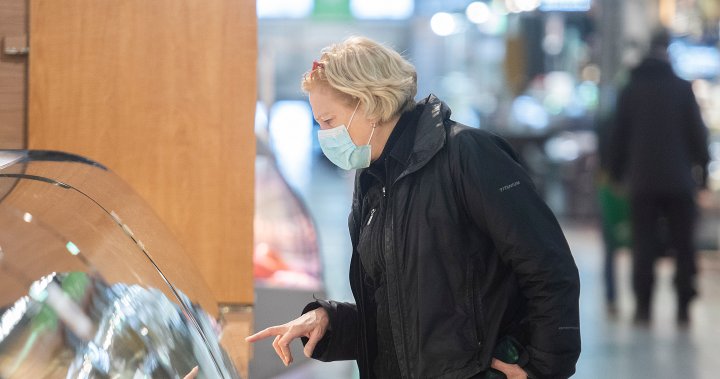The results show that wearing a mask led to a reduction of 2.76 cases per 100,000 people, and a 0.19 per cent reduction in the mortality rate worldwide.
And they would have been even more effective if we didn’t have such a large number of idiots who were against wearing masks, against getting vaccines, against lockdowns, against social distancing, against listening to their doctor, and who generally hated their families enough to not care!
Huge pet peeve of mine when articles discuss a study but don’t link it. Link
When you look at what else we do in the modern world to avoid/mitigate a similar level of mortality, these seem like no brainers, especially the masking. A 0.19 per 100,000 reduction seems small, but the mortality rate was ~50 per 100,000 in Canada. This is basically a 4% reduction in deaths by masking. For a minor cost measure with no long term economic outcomes, this should have been an easy one for people to get on board with.
School reduction in spread (~10%) shouldn’t surprise anyone who knows school aged kids. They’re germ balls, and multiple kids per household means there’s effectively no “bubbles”, so of course stopping that spread would have a huge impact, but then kids are stuck at home, so it has a huge cost too.
SIPOs (Shelter in Place Order) had a 5% reduction in hospitalizations, which is honestly smaller than I was expecting.
See below for the mortality summarization.
Specific NPIs. Of the 6 NPIs studied in per capita mortality, bar/restaurant closures experienced the largest effects 4 weeks after implementation, corresponding to 1.08 fewer deaths per 100,000. Although we did not find any more evidence of fewer deaths per capita, limited gatherings (–6.41%), business (–5.32%) and school closures (–3.98%) were associated with decreased mortality growth rates after 2 weeks, whereas SIPOs (–1.66%), masks (–1.9%), and school closures (–8.29%) corresponded to reductions after 3 weeks. SIPOs were the only NPI studied at the ≥4-week lag for growth rates and were associated with a 1.95% drop in the mortality rates. Although the authors observed mitigative effects of travel restrictions on case growth rates, this was not the case for mortality.
I imagine its a tricky thing to study in any detail, and its interesting to look back now to see the effectiveness of the measures put in place.
Big same on the pet peeve. Thanks for doing god’s work.
Removed by mod
For a hypothesis to be statistically significant it needs to be at the very least 5% to reject the null.
No, the p-value has to be at least 5% to reject the null. Assuming a is 5% and it’s a one tailed test not two tailed…
And of course there are huge problems with using a flat 5% is a statistical significance marker, BSAP banned it’s use.
Finish your stats class and try again.
That’s not how statistics works. You can have a significant effect with a tiny effect size, or a large effect size that on analysis turns out to be insignificant.
“”““THE MEDIA””“”
Hmmm looks like you should have studied statistics more. Where did you get your degree?



